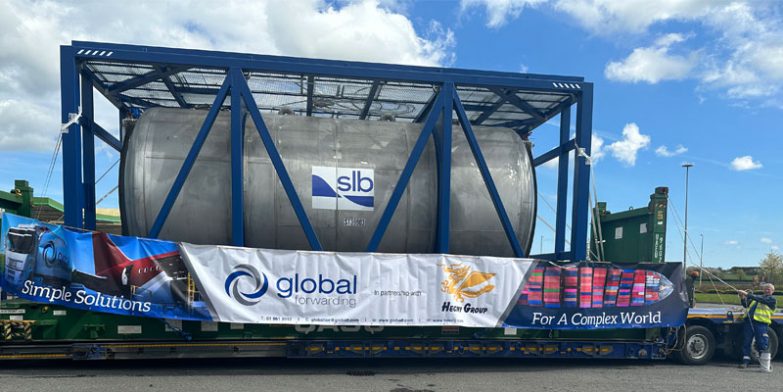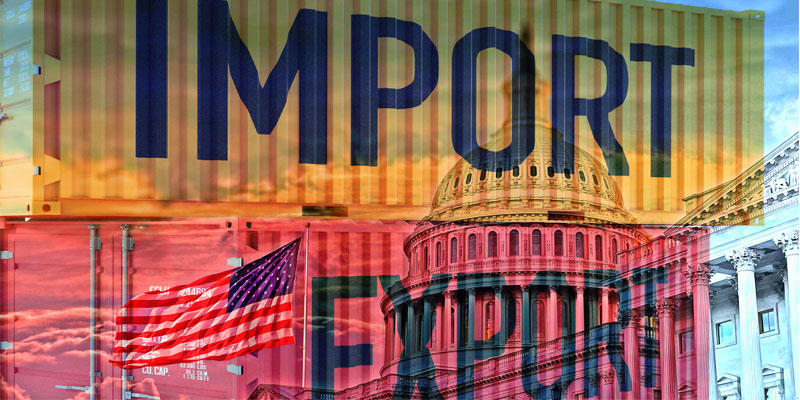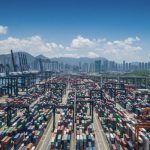
The global freight industry in 2025 presents a dynamic landscape shaped by robust demand, geopolitical uncertainties, and evolving capacity challenges.
Air, sea and road freight markets are poised for growth, but businesses will need to navigate a mix of opportunities and constraints to capitalise on emerging trends.
AIR
The air freight market continues to grow, driven by strong eCommerce demand, especially from Asia, and the annual peak season surge. Global air cargo volumes are projected to rise by 5.8% year-on-year, reaching 72.5 million tonnes. However, capacity constraints remain a persistent challenge, with limited wide-body freighters and reduced belly cargo capacity on key trade routes.
Despite these limitations, airlines are responding to demand by adjusting rates and expanding dedicated services on selected routes, reflecting confidence in market strength. Global available cargo tonne-kilometres (ACTKs) are expected to grow gradually, though at a slower pace due to ongoing supply constraints.
Geopolitical factors, such as the ongoing Red Sea crisis and potential tariff changes in the US, will continue to shape the air freight landscape. While tariff increases could dampen trade volumes, deregulation and a business-friendly environment may offset some negative effects.
The continued growth in eCommerce volumes remains a bright spot, but any changes to the US ‘de minimis’ thresholds could significantly impact demand and shipment volumes.
Air freight rates are likely to remain elevated in 2025 as demand outpaces supply, keeping the sector highly competitive and profitable for carriers.
SEA
The sea freight market in 2025 offers a mixed outlook, with stabilised rates and moderate demand growth projected at 3-4%. Freight rates remain above pre-pandemic levels, supported by successful general rate increases (GRIs) on major routes. For instance, rates on Asia-Europe routes have risen by over 20%, driven by strong carrier positioning and demand ahead of the Chinese New Year.
However, the market faces seasonal and structural shifts. Demand is expected to soften after January as the holiday peak subsides, while the introduction of new alliance networks in February could create additional capacity, offering opportunities for shippers.
Geopolitical uncertainties loom large. While Labour negotiations in US East and Gulf ports have ended in a tentative agreement, a protracted ILA ratification, possibly until the summer could still disrupt operations and there’s no guarantee they will ratify the USMX offer. Tensions in the Red Sea and tariff changes in the US add further complexity. Proposed tariff increases could reshape containerised cargo flows, particularly affecting Asian exports.
Meanwhile, the rerouting of vessels around the Cape of Good Hope has temporarily absorbed record levels of new capacity, but a return to normal operations through the Suez canal could intensify supply-demand imbalances.
However, with carriers set to phase in new networks in February and March, further changes to accommodate Suez transits may not occur before August. This transitional phase could temporarily worsen congestion and delays. However, once stabilised, the market would benefit from restored transit times and reduced rates.
ROAD
Market analysts are forecasting cautious optimism for the European road freight sector, projecting growth of 1% in 2024, with a stronger uptick of 2% expected in 2025.
However, the industry faces mounting pressures. Driver shortages, already a critical issue, are predicted to worsen dramatically, with unfilled positions potentially exceeding 60% by 2026.
The domestic market has proved particularly resilient and is forecast to grow by 1.3% in 2024, outperforming the broader market. This growth will be underpinned by improved consumer spending power and cooling inflation, which is likely to stay slightly above the Bank of England’s 2% target in 2025.
The combination of driver shortages, increasing operational costs, and geopolitical uncertainties will continue to challenge operators in the coming year.
We’re here to help you optimise your freight operations and overcome challenges. From addressing air cargo capacity constraints and navigating elevated sea freight rates to mitigating road freight pressures, our expert teams in the U.S, UK and Ireland will ensure you stay ahead of the curve with tailored solutions.
Partner with us to maximise opportunities, streamline your supply chain, and achieve resilient growth in 2025.





